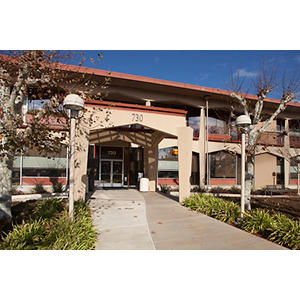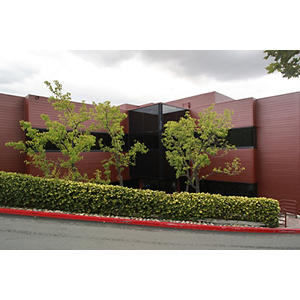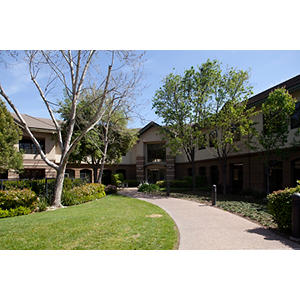Dawn Siegel, MD
Clinical Professor
Pediatric Dermatology
“I love helping kids achieve healthy skin so they can feel their best.”
Mi acercamiento
As a doctor, my approach is to build trusted partnerships with families and children so that I can understand their treatment goals and help them achieve these goals in ways that are most comfortable for them. It's important to me that both parents and children feel heard and understood.
It's incredibly rewarding to empower kids through healthier skin, which can mean advocating for just the right treatment and discovering new and improved treatments. I love helping kids achieve healthy skin so they can feel their best. I'm dedicated to connecting patients with clinical research trials and contributing to research on specific skin conditions particularly hemangiomas, birthmarks, and PHACE syndrome. My research also aims to develop solutions to health disparities through improved access to pediatric dermatologists and treatments.
It is a joy to care for kids as they grow—from infants to children to successful teens. Having a skin condition can be challenging. I love helping kids have healthy skin so they can focus on having fun!
Localización

730 Welch Road, Suite 105
Palo Alto, CA 94304
Mapas, direcciones y estacionamiento
Teléfono : (650) 721-1227
Fax : (650) 721-5526

106 La Casa Via, Ste 260
Walnut Creek, CA 94598
Mapas, direcciones y estacionamiento
Teléfono : (925) 239-2900
Fax : (650) 721-5526

1195 West Fremont Avenue
Sunnyvale, CA 94087
Mapas, direcciones y estacionamiento
Teléfono : (408) 426-5590
Fax : (650) 721-5526
Trabajo y educación
University of Wisconsin Madison Office of the Registrar, Madison, WI, 05/17/1998
UCSF Benioff Childrens Hospital Pediatric Residency, Oakland, CA, 06/30/2000
UCSF Dept of Dermatology, San Francisco, CA, 06/30/2006
UCSF Dept of Dermatology, San Francisco, CA, 06/30/2007
Pediatric Dermatology, American Board of Dermatology, 2008
Dermatology, American Board of Dermatology, 2006
Idiomas
English

Conéctese con nosotros:
Descarga nuestra App: